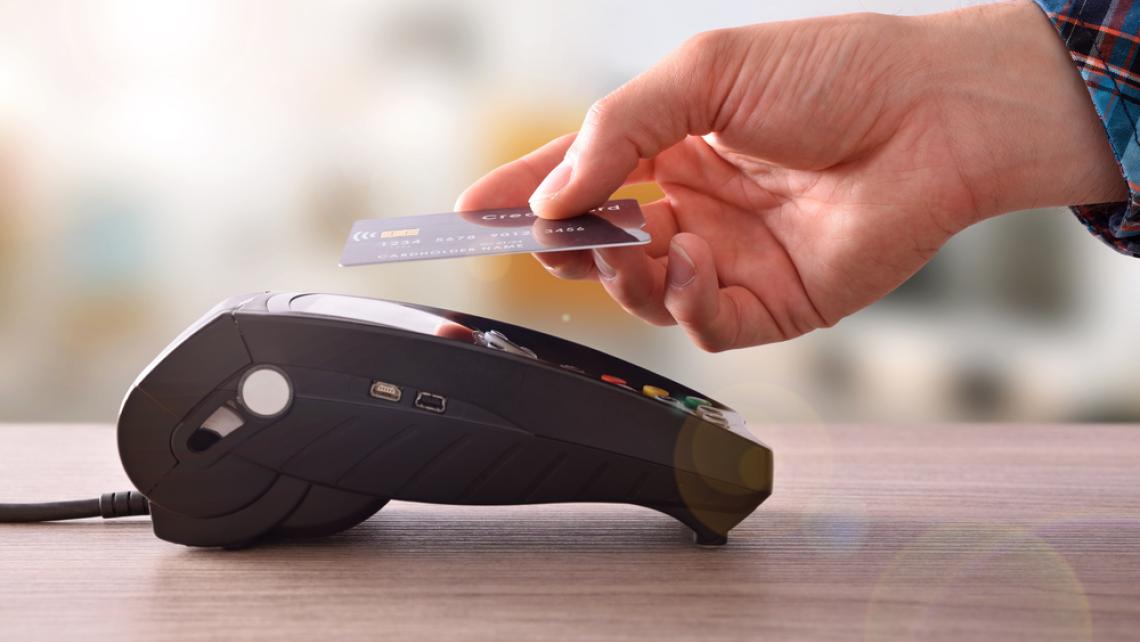The Rise of AI in Contactless Card Payments
Contactless card payments have transformed how we transact. What began as a convenient alternative to cash and chip-and-PIN has evolved into the dominant payment method across many markets, with billions of transactions completed globally every month. The value of these digital exchanges is projected to reach $15.7 trillion by 2027.
The Visa Economic Empowerment Institute estimates the global social benefits of contactless card transactions at $710 billion, driven by reduced fraud and improved authorisation rates alongside faster checkout times. Artificial intelligence is now central to realising these benefits, enhancing both security and customer experience across the payment ecosystem.
How can AI-driven innovation address the emerging challenges in this rapidly expanding sector?
Pain Points: Challenges facing contactless card payments
Despite rapid adoption, contactless card payments face critical challenges that require intelligent solutions, including:
Contactless payment security: Fraud and emerging threats
The speed and convenience of tap-and-go card transactions create vulnerabilities that criminals actively exploit. Traditional rule-based detection struggles against evolving threats, particularly as attackers now target AI through adversarial manipulation, meaning fraudsters deliberately craft transactions designed to trick AI models, exploiting weaknesses in how these systems make decisions.
These attacks take multiple forms. Data poisoning corrupts the training data that AI systems learn from, essentially teaching them to make wrong decisions. Model evasion involves structuring fraudulent attempts to look like legitimate transactions, slipping past detection thresholds. Both tactics exploit how AI systems process information. How can institutions defend against these sophisticated methods? Equally advanced defences are essential.
Public trust and authentication
Consumer confidence in contactless card payments varies significantly across markets. Biometric methods such as fingerprint or facial recognition offer secure verification, yet adoption remains inconsistent. Building trust requires transparent security measures. These must protect users without creating barriers in the payment experience.
Merchant operational pressures
Without intelligent optimisation, merchant operations suffer. Even modern infrastructure can experience delays when processing routes through slow or restrictive gateways. Research indicates that merchants reject approximately 6% of orders, with false declines affecting up to one in ten legitimate customers. These declines damage relationships and reduce revenue. Systems now need to be able to dynamically score risk and select optimal routing whilst adapting logic in real time. In practical terms, this means the technology can instantly assess how risky a transaction is and route it through the best available gateway, reducing declined payments and processing delays.
Solutions: How AI is transforming contactless card payments
1. AI fraud prevention: Real-time threat detection
Leading payment networks have deployed generative AI to revolutionise threat detection. Mastercard's Decision Intelligence Pro analyses 1 trillion data points in under 50 milliseconds, improving detection accuracy by up to 300%. This represents a fundamental shift from reactive to predictive security.
Beyond detection accuracy, Visa combines behavioural analytics with tokenisation, replacing sensitive card data with unique identifiers for safer tap-and-go commerce. This means even if criminals intercept payment data, they capture only meaningless random numbers rather than actual card details. Agentic AI can now detect suspicious activity and act autonomously in real time. These are intelligent systems that make security decisions independently, responding to threats in milliseconds without waiting for human approval.
2. Personalised customer experience in payments
Intelligent platforms enable systems to learn individual behaviours and preferences, identifying frequent customers and automatically applying rewards whilst enabling seamless commerce across physical stores and digital marketplaces.
Autonomous agents work behind the scenes, automatically choosing the fastest payment methods and managing account funds based on learned customer preferences. This level of personalisation transforms card payments from a transaction into an integrated part of the customer journey.
3. IoT payments: Wearables and connected devices
From smartwatches to connected vehicles, AI now extends contactless card capability beyond smartphones. These innovations add biometric authentication (using fingerprints or facial recognition to verify identity) and threat identification. They enable contextual autonomous commerce, meaning devices can initiate payments automatically based on the situation and your past behaviour patterns.
In smart environments, IoT devices work with 5G connectivity and AI to enable automatic payments. For example, your refrigerator can reorder groceries when supplies run low, or your vehicle can pay tolls without you reaching for your wallet, streamlining everyday commerce.
Embrace intelligent innovation
Artificial intelligence is fast becoming an essential infrastructure for contactless card payments. Advanced prevention capabilities and personalised engagement now determine which institutions deliver superior experiences whilst maintaining security and trust.
Fraud tactics continue evolving. Transaction volumes keep rising. In this environment, intelligent innovation defines market leadership. Institutions that embrace these capabilities position themselves to meet customer expectations whilst protecting the ecosystems that underpin commerce.
As fraud tactics keep changing, your security needs to keep up. Contact HPS at sales@hps-worldwide.com to learn about our AI-powered fraud solutions and better protect your payment security today.




















